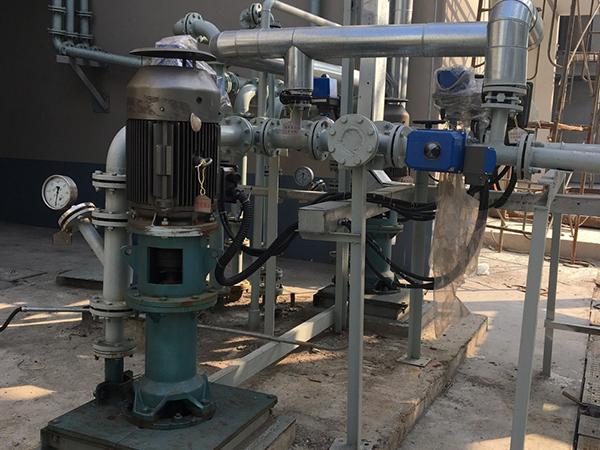English
- Afrikaans
- Albanian
- Amharic
- Arabic
- Armenian
- Azerbaijani
- Basque
- Belarusian
- Bengali
- Bosnian
- Bulgarian
- Catalan
- Cebuano
- Corsican
- Croatian
- Czech
- Danish
- Dutch
- English
- Esperanto
- Estonian
- Finnish
- French
- Frisian
- Galician
- Georgian
- German
- Greek
- Gujarati
- Haitian Creole
- hausa
- hawaiian
- Hebrew
- Hindi
- Miao
- Hungarian
- Icelandic
- igbo
- Indonesian
- irish
- Italian
- Japanese
- Javanese
- Kannada
- kazakh
- Khmer
- Rwandese
- Korean
- Kurdish
- Kyrgyz
- Lao
- Latin
- Latvian
- Lithuanian
- Luxembourgish
- Macedonian
- Malgashi
- Malay
- Malayalam
- Maltese
- Maori
- Marathi
- Mongolian
- Myanmar
- Nepali
- Norwegian
- Norwegian
- Occitan
- Pashto
- Persian
- Polish
- Portuguese
- Punjabi
- Romanian
- Russian
- Samoan
- Scottish Gaelic
- Serbian
- Sesotho
- Shona
- Sindhi
- Sinhala
- Slovak
- Slovenian
- Somali
- Spanish
- Sundanese
- Swahili
- Swedish
- Tagalog
- Tajik
- Tamil
- Tatar
- Telugu
- Thai
- Turkish
- Turkmen
- Ukrainian
- Urdu
- Uighur
- Uzbek
- Vietnamese
- Welsh
- Bantu
- Yiddish
- Yoruba
- Zulu
Telephone: +86 13120555503
Email: frank@cypump.com
Jul . 27, 2024 11:47 Back to list
Exploring the Differences Between Axial Flow and Mixed Flow Pumps in Industrial Applications
Axial and Mixed Flow Pumps An Overview
Pumps are indispensable components in numerous industrial processes, ranging from municipal water supply to advanced manufacturing. Among various types, axial and mixed flow pumps play crucial roles in efficiently moving fluids across different applications. Understanding the design, functionality, and applications of these pumps is essential for selecting the right equipment for specific needs.
Axial Flow Pumps
Axial flow pumps are characterized by their unique design, where fluid flows parallel to the pump axis. This type of pump utilizes a propeller or an impeller to exert a force on the fluid, resulting in a flow direction that is parallel to the shaft. The primary advantage of axial flow pumps is their ability to handle large volumes of liquid at relatively low heads. This makes them ideal for applications such as irrigation, flood control, and water treatment facilities.
The key components of an axial flow pump include the impeller, volute, and motor. The impeller is responsible for imparting velocity to the fluid, while the volute collects and directs the fluid flow towards the discharge. These pumps typically feature a relatively simple design, which contributes to their ease of maintenance and lower operational costs. However, axial flow pumps are less efficient at high-pressure applications, making them unsuitable for processes requiring high heads.
Mixed Flow Pumps
Mixed flow pumps combine elements of both axial and centrifugal designs, allowing them to efficiently manage both flow and head. In mixed flow pumps, fluid enters axially and is discharged radially. This hybrid design enables them to handle higher heads compared to axial pumps while still maintaining a high flow rate. Consequently, mixed flow pumps are versatile options suited for a wide range of applications, including irrigation, drainage, and cooling systems in power plants.
axial and mixed flow pumps

The impeller design in mixed flow pumps features both blades that direct the flow axially and those that impart a radial component to the flow. As a result, mixed flow pumps can operate effectively in situations where both pressure and volume are critical. This ability to perform in diverse conditions makes them popular in municipal water supply systems and industrial applications, where demands can fluctuate significantly.
Comparative Analysis
When choosing between axial and mixed flow pumps, it is crucial to consider specific application requirements. Axial flow pumps excel in low head, high volume scenarios, making them ideal for transporting large quantities of water swiftly. Conversely, mixed flow pumps offer versatility, capable of managing both substantial flow rates and varying head levels.
Additionally, energy efficiency is a significant factor. Axial flow pumps tend to have higher efficiency for low head applications, while mixed flow pumps can be more efficient for moderate head requirements. Further considerations include the fluid characteristics, such as viscosity and potential contaminants, which can impact the pump's performance over time.
Conclusion
In summary, both axial and mixed flow pumps serve vital functions in fluid handling across various sectors. Axial flow pumps are best suited for high flow, low head applications, whereas mixed flow pumps provide flexibility for situations requiring a balance of flow and pressure. Understanding the dynamics of these pumps enables engineers and decision-makers to select the appropriate type for their specific needs, ultimately leading to enhanced operational efficiency and reliability in fluid transport systems. As industries continue to grow and evolve, the significance of selecting the right pumping solution remains paramount for maintaining productivity and performance.
-
ISG Series Vertical Pipeline Pump - Chi Yuan Pumps Co., LTD.|Advanced Hydraulic Design&Energy-Efficient Solutions
NewsJul.30,2025
-
ISG Series Vertical Pipeline Pump - Chi Yuan Pumps Co., LTD.
NewsJul.30,2025
-
ISG Series Vertical Pipeline Pump - Chi Yuan Pumps Co., LTD.|energy-efficient fluid handling&industrial durability
NewsJul.30,2025
-
ISG Series Vertical Pipeline Pump - Chi Yuan Pumps | Advanced Engineering&Industrial Efficiency
NewsJul.30,2025
-
ISG Series Pipeline Pump - Chi Yuan Pumps | High Efficiency, Energy Saving
NewsJul.30,2025
-
ISG Series Vertical Pipeline Pump-Chi Yuan Pumps|High Efficiency&Reliable Performance
NewsJul.29,2025










